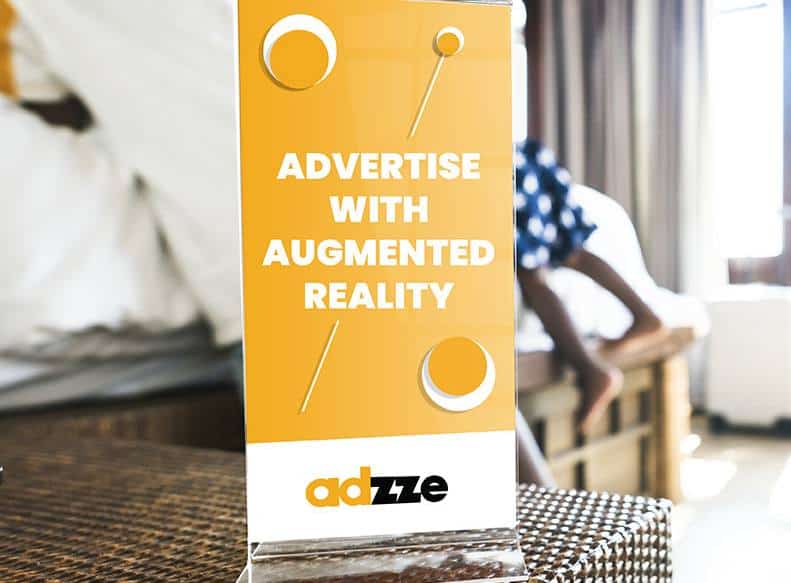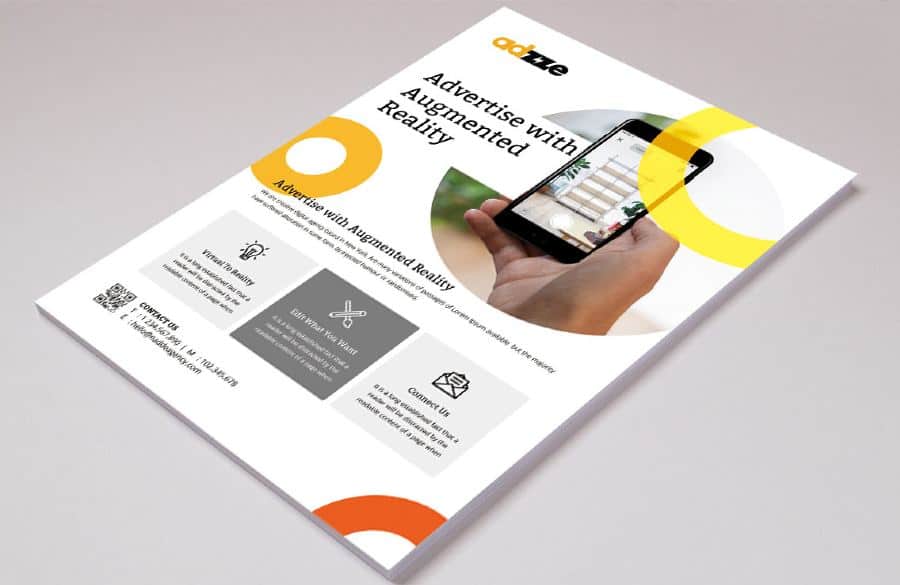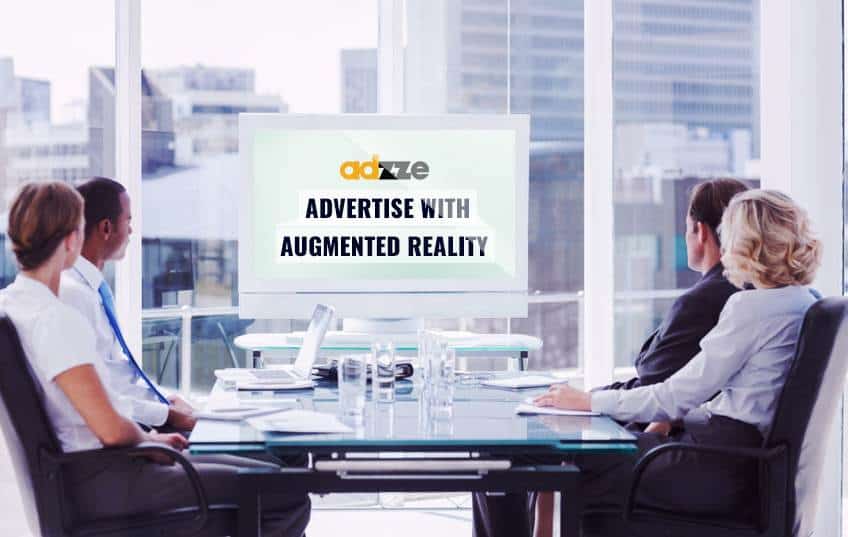Augmented reality is a new technology that has made a big difference in marketing and advertising. Creative AR Advertising Agencies can give their customers new and exciting experiences with the help of AR. The interactive parts of augmented reality marketing help us get more out of our marketing campaigns.








